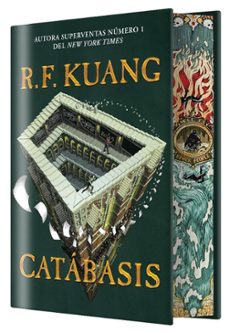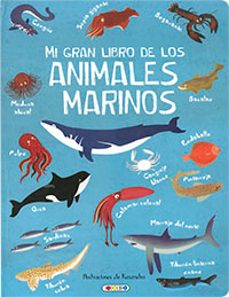Imprescindibles
Ficción
Literatura ContemporáneaEstudios literariosClásicosCuentosPoesíaTeatroLibros de bolsillo Sagas literarias
Géneros literarios Novela romántica y eróticaNovela negraNovela históricaNarrativa fantásticaNovela de ciencia ficciónNovela de terrorNarrativa de humorNarrativa de viajes
No Ficción
Ciencias y tecnología BiologíaCienciasCiencias naturalesDivulgación científicaInformáticaIngenieríaMatemáticasMedicinaSalud y dietas Formación Idiomas Estilo de vida Libros de CocinaGuías de viajeNarrativa de viajesDeportesLibros de JuegosManualidades
Humanidades Autoayuda y espiritualidadCiencias humanasDerechoEconomía y EmpresaPsicología y PedagogíaFilosofíaSociología Filología BiblioteconomíaEstudios filológicosEstudios lingüísticosEstudios literariosHistoria y crítica de la Literatura
Infantil
Juvenil
Cómic y Manga
Novela gráfica Novela gráfica americanaNovela gráfica europeaNovela gráfica de otros países Personajes, series y sagas Series y sagasStar Wars Superhéroes Cómics DCCómics MarvelCómics otros superhéroesCómics Valiant
eBooks
Literatura ContemporáneaNarrativa fantásticaNovela de ciencia ficciónNovela de terrorNovela históricaNovela negraNovela romántica y erótica Juvenil Más de 13 añosMás de 15 años Infantil eBooks infantiles
Humanidades Autoayuda y espiritualidadCiencias humanasEconomía y EmpresaPsicología y PedagogíaFilosofía Historia Historia de EspañaHistoria Universal Arte CineMúsicaHistoria del arte
Ciencia y tecnología Ciencias naturalesDivulgación científicaMedicinaSalud y dietas Filología Estudios lingüísticosEstudios literariosHistoria y crítica de la Literatura Estilo de vida CocinaGuías de viajeOcio y deportes
GAVIN BETTS
Recibe novedades de GAVIN BETTS directamente en tu email
Filtros
Del 1 al 5 de 5
HODDER & STOUGHTON 9780340870846
The Greek of the New Testament was the common, everyday language of the first century and it is often referred to by the name 'Koine', which is the Greek word for 'common'. In Palestine, it was usual to put notices in three languages: Aramaic, Latin, and, the common lingua franca of the Mediterranean world, Greek. This Greek is not the polished literary Greek of Athens but the everyday language of the people and this is why the writers of the New Testament used it. It is likely that the disciples, and Jesus himself, spoke Greek as well as Aramaic. A knowledge of the language of the New Testament will help you to understand more easily the events it describes and the words which are spoken. This book will introduce you to the language and the world of the New Testament step by step.The Greek of the New Testament is often viewed from the perspective of classical Attic Greek, but in this book it is described as a language in its own right. Almost all sentences used to illustrate grammar and for reading exercises are taken from the New Testament itself, and in every case their exact source is indicated. This feature, which is new to elementary books, will give you an added interest as you encounter verses familiar to you in English and will provide you with the confidence and ability to approach the full Greek text. Longer reading passages include the parables of the prodigal son and the good Samaritan.
Ver más
Tapa blanda
HODDER & STOUGHTON 9780340422984
Tapa blanda
HODDER & STOUGHTON 9780340867037
This is a comprehensive introduction, equally well suited to beginners and those with some previous knowledge of the language.The clearly structured course introduces original Latin at an early level. In each of the 31 units an explanation of new grammar is followed by Latin sentences and passages. Where appropriate, a third section either introduces you to a topic of interest for Latin studies or gives you additional reading from some of the greatest Roman authors.There is a comprehensive section on the pronunciation of Latin and a glossary of grammatical terms which gives full and clear explanations of all the terms used in the book.
Ver más
Tapa blanda
HODDER & STOUGHTON 9780340772805
Tapa blanda
Del 1 al 5 de 5































